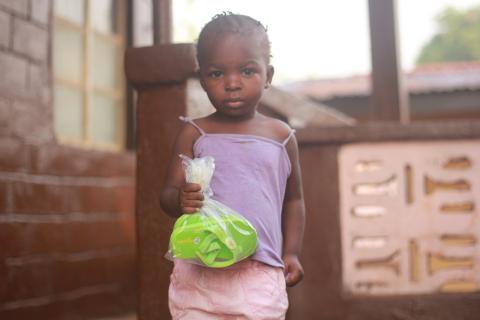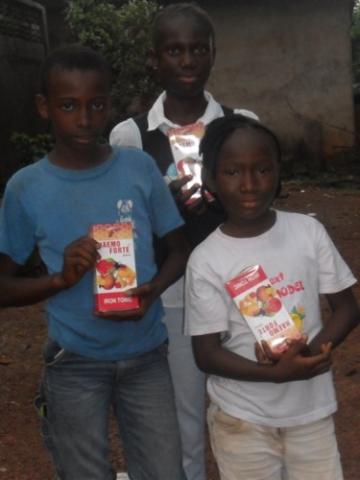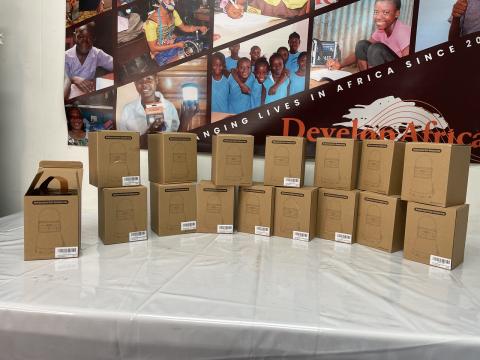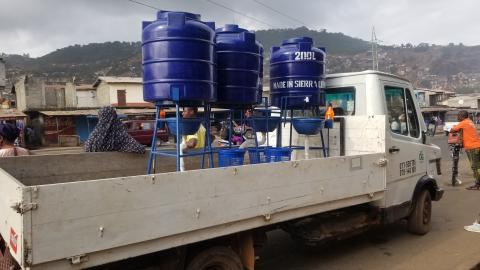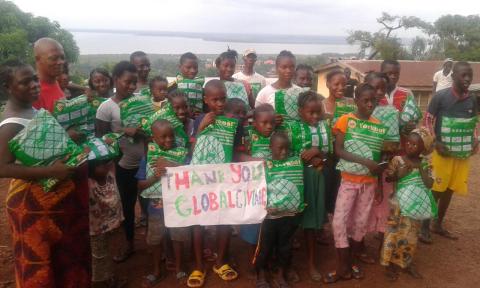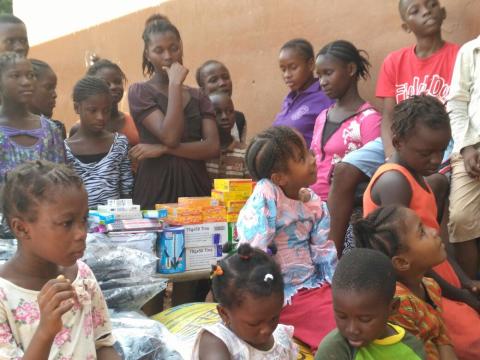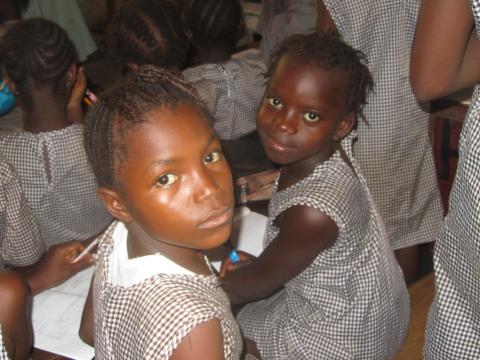What are the Chances of Survival for an African Child?
An African child dies every 35 seconds from pneumonia [1,2]. Every minute one child dies from malaria [3], one child dies from measles [4], and six children die from pneumonia or diarrhea [2]. As of 2013, the World Health Organization (WHO) estimates five children under the age of five die every minute in the African region [6]. Preventable deaths rank highest on the list of ‘under five’ childhood killers in Africa.

